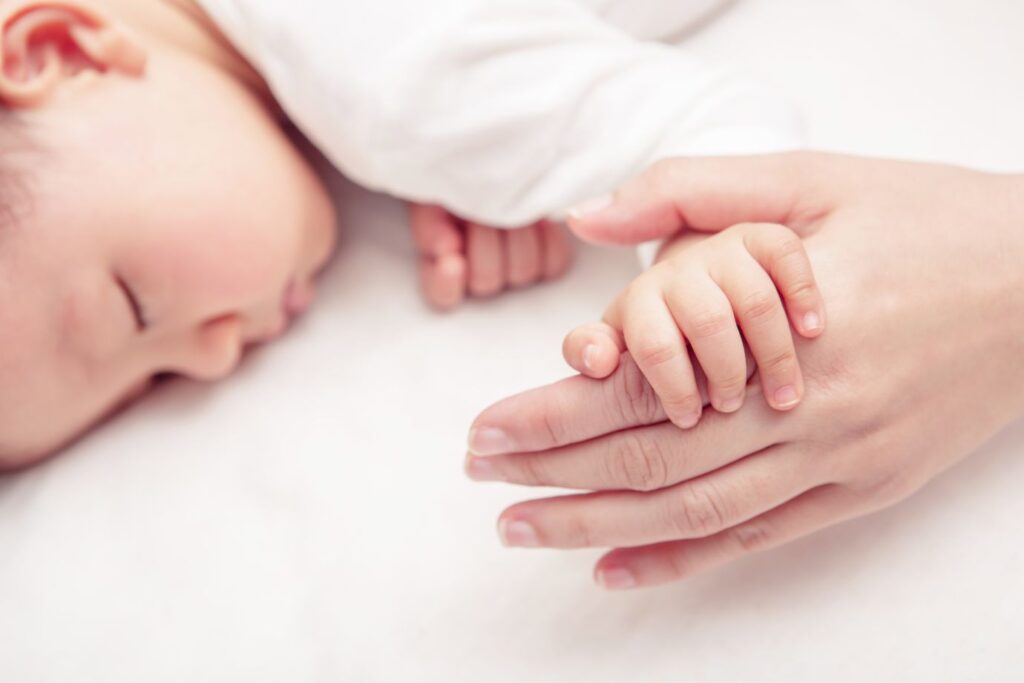The Chinese government has announced a 3,600 yuan ($AUD770) annual payment for parents for each child under the age of three.
According to state media, the new scheme could help roughly 20 million parents with the cost of raising children.
The nationwide subsidy is the government’s latest attempt at boosting the country’s diminishing birth rates, which has been dropping in recent years to record low numbers. In 2023, the National Bureau of Statistics revealed the total number of people in China dropped by 2.75 million, or 0.2 per cent. The following year, official figures showed that the country’s population dropped for a third consecutive year.
The government’s latest attempt at boosting birth rates will be applied retroactively from January this year, and families with children born between 2022 and 2024 can apply for partial subsidies.
In recent times, various provinces across China have begun trials of cash payouts and childbirth subsidies to encourage families to have more children.
Earlier this year, one region in the north of China began handing out a yearly subsidy of 10,000 yuan ($2000) for parents who have a third child.
The government issued a report stating that the payments were aimed to support “childcare subsidies” and that the scheme was part of formulating “policies on boosting birth rates, provide childcare subsidies, vigorously develop integrated nursery and childcare services, and increase public-interest childcare services.”
In another province northeast of Beijing, parents with a third child under three are given 500 yuan a month ($500).
In March, dozens of provincial administrations began offering childcare subsidies, and promising to “care” for new mothers by offering them a cup of free milk everyday.
At the annual meeting of China’s parliament, Premier Li Qiang announced childcare subsidies and free preschool education to try and push the birth rate.
An action plan to improve domestic consumption released that month encouraged authorities to “study and establish a childcare subsidy system”.
Last week, the central government in Beijing urged local governments to outline plans and allocate necessary subsidies for implementing free preschool education.
According to a study released last year by the YuWa Population Research Institute, China is the world’s second most expensive place to have children in relative terms.
“The declining birthrate will have a profound impact on China’s economic growth potential, innovation vitality, people’s happiness index and even national rejuvenation,” the report found. “The fundamental reason why China has almost the lowest fertility rate in the world is that it has almost the highest fertility cost in the world.”
According to the study, the average cost of raising a child in China to the age of 18 is 538,000 yuan ($AUD115,079).
Between 1980 and 2015, the ruling Communist Party’s one-child policy mandated that couples could only have one child. Since 2016, couples have been allowed to have two children and since 2021, as many as three children.
The country is among several in East Asian trying to encourage young couples to get married and have children as it suffers from a rapidly aging population and declining birth rates. In recent times, governments in Japan and South Korea (which has the world’s lowest fertility rate) have implemented a range of policies in an attempt to boost the fertility rate, including expanding childcare services and allowances, increasing parental leave, baby bonuses and more flexible working hours.
Become a Women’s Agenda Foundation member and support our work! We are 100% independent and women-owned. Every day, we cover the news from a women’s perspective, advocating for women’s safety, economic security, health and opportunities. Foundation memberships are currently just $5 a month. Bonus: you’ll receive our weekly editor’s wrap of the key stories to know every Saturday. Become a member here.


